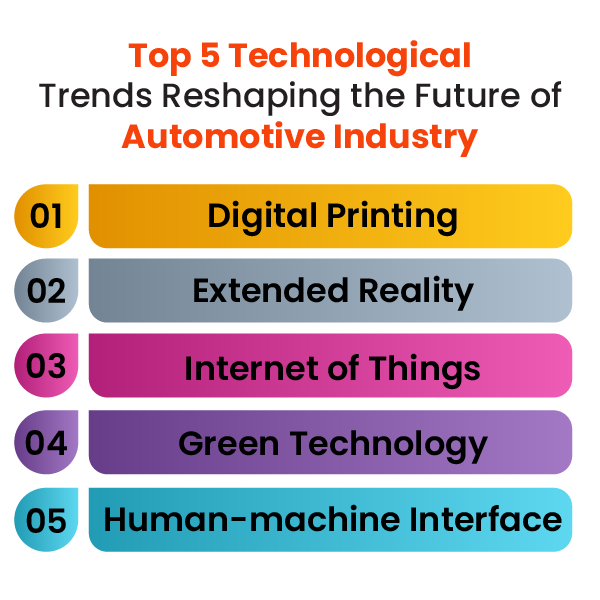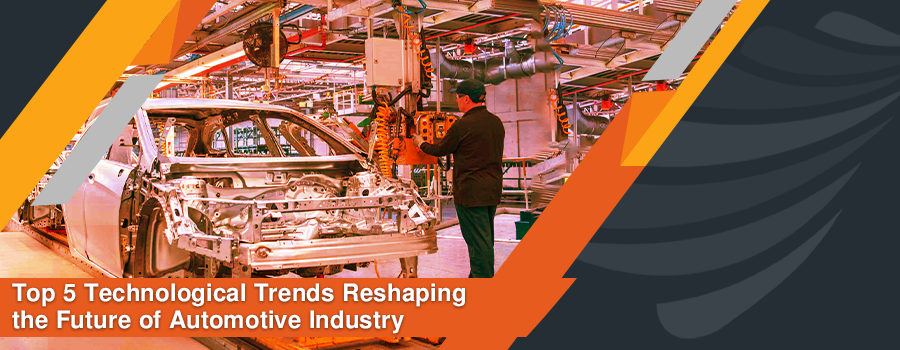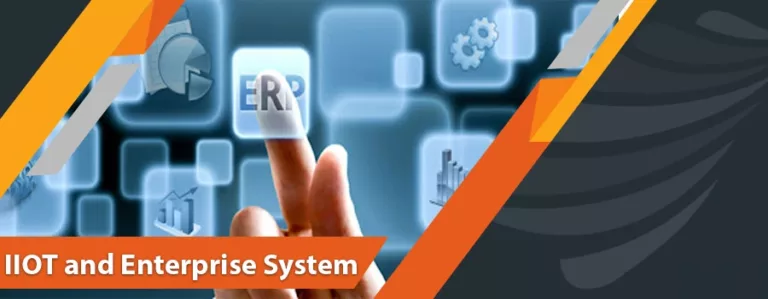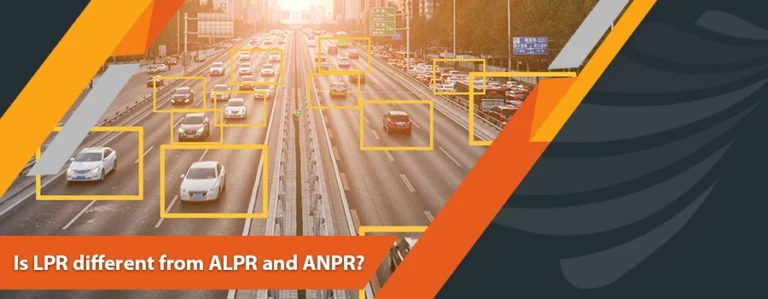The automotive industry has a huge potential for technological upgrades. Over the last few years, we have witnessed huge transformations and changes in customer demand, promoting a huge change to revolutionize the customer experience. In the coming years, we can experience more exciting opportunities, from solar to driverless cars.

In this blog, we explore the five technological trends that are revolutionizing the present industry and reshaping the future of the automotive industry.
1. Digital Printing
Digital printing means mapping a digital image over a chosen surface, like a mug, cup, bag, etc., without needing traditional printers. The image is created with computer software, and the digital file is sent to a digital printer that interprets digital data and transfers it into a printed output. Instead of printing plates, it uses different techniques like laser or inkjet for printing directly onto the material.
Digital printing has increased cost-effectiveness and efficiency in the automotive industry. With digital printing, engineers can make personalized designs on interior components like seat covers and dashboards. It allows the designing of interior textures, patterns, and branding elements. In the exterior realm, it applies to designs, logos, and graphics to meet the needs of promotional vehicles or limited editions.
Additionally, it enhances the concept of modeling and prototyping. Before going for mass production, automakers can produce prototypes and models for testing. It enhances the design iteration process and helps in selecting the best choice.
Digital printers are also useful for developing vehicle replacement parts, especially in older models where conventional methods might be expensive. Also, we can meet customer needs and expectations by producing customer-demanded accessories and products.
2. Extended Reality
Extended Reality is a technology that combines the elements of Virtual Reality, Augmented Reality, and Mixed Reality. It provides a continuum experience that covers the gap between the digital and physical worlds.
XR enables consumers to digitally visualize customization in real time. Customers can use AR glasses or smartphones to superimpose digital prints over physical objects like car interiors or panels. It lets them see how various designs look over their cars and help them select the best choice.
The design with extended Reality can improvise the environment where they examine 3d models of cars with printed designs. It provides a better evaluation of ergonomics, aesthetics, and overall appearance, helping provide better outputs.
With XR technology, they can also make interactive showrooms. Customers can use VR headsets to explore customized car features and visualize how their chosen digital prints will look over their vehicles.
3. Internet of Things
IoT allows the transmission of real-time data to control units for processing and analysis. It helps machines to perform better tasks efficiently, and humans can easily interact with the system.
With IoT, we can get enhanced vehicle features like real-time navigation, weather forecasting, remote diagnostics, automated parking like ParkSmart, and entertainment streaming. Vehicles can communicate with controllers for real-time traffic management with enhanced safety and convenience.
In production, IoT-driven automation optimized the operations. With IoT sensors, we can optimize inventory management, track equipment health, and manage consumption and expenditure. We can adjust with real-time data, leading to increased production, better outcomes, and less waste generation.
4. Green Technology
Like every other industry, there is competition in the automotive industry. Now this industry is also altering and optimizing its practices to encourage sustainability. They try to adopt eco-friendly processes and promote recycling. The principles of biofuels, hydrogen fuels, and circular economy are now the cornerstone of the automation industry.
Green technology encourages energy-efficient practices in the automation industry. We can optimize energy consumption, waste management, and carbon emissions using sensors and automation.
Automation technology enables efficient load management and demand response when integrated with smart grids. It encourages efficient energy distribution and minimizes consumption during peak hours.
5. Human-machine Interface
The purpose of technological growth is to ease and modernize human life. Self-driving and connected cars are continuously upgrading. One of these advancements is the human-machine interface (HMI), which allows communication and interaction between humans and machines. It facilitates automated processes, promoting productivity, safety, and enhanced experience.
Voice-based systems allow drivers to interact smartly with the vehicles, making driving easy, safe, stress-free, and enjoyable. Smart virtual assistants also help the drivers and passengers to take any assistance as per the situation with the vehicle or service providers.
Modernized versions now integrate with analytics platforms and IoT, allowing operators to conduct predictive insights, access real-time data, and evaluate historical trends for better decision-making. Now the system can also train new drivers in a simulated environment and make the learning experience easy and convenient.
Conclusion
Technological trends are the essence of the development and growth of the automation industry. These trends promote sustainability, safety, and connectivity. The technological upgrades drive huge competition among automakers, resulting in a rapid evolution of the automotive landscape. In the future, we can see more advanced features in this sector, making the driving experience easy and convenient.





